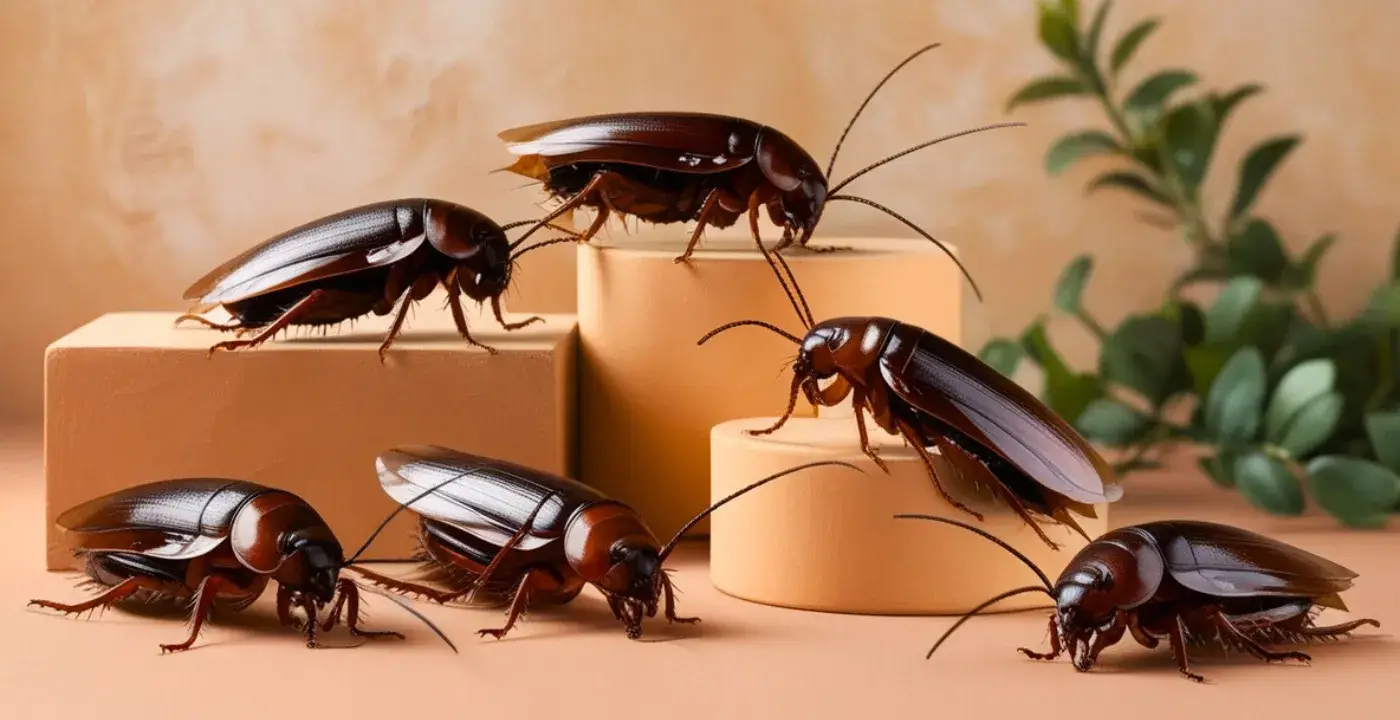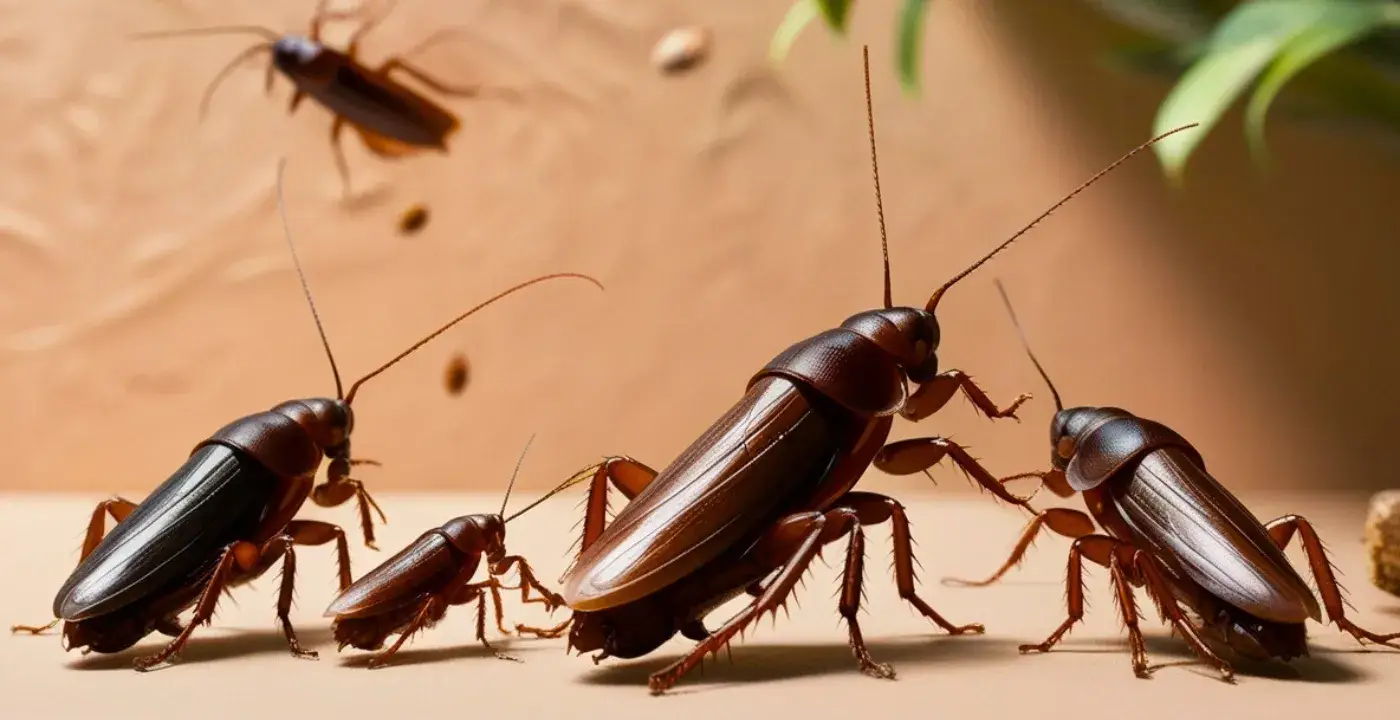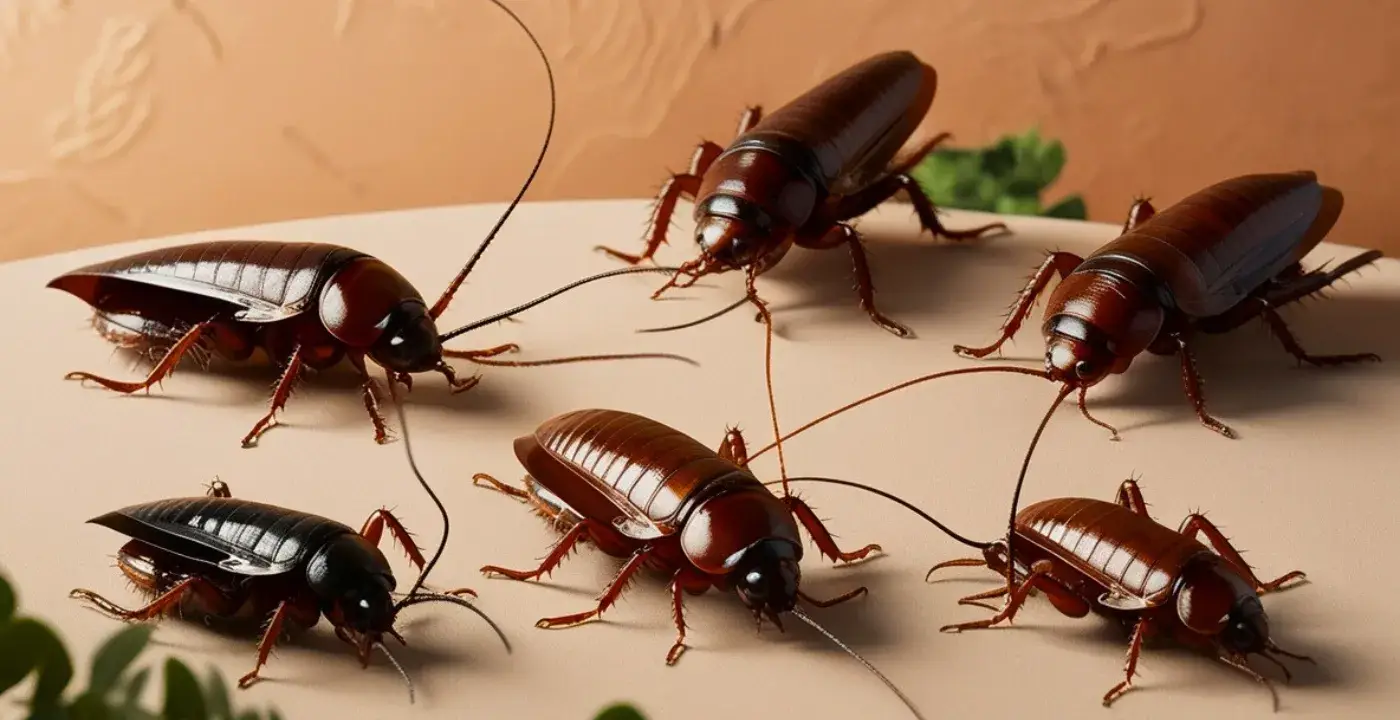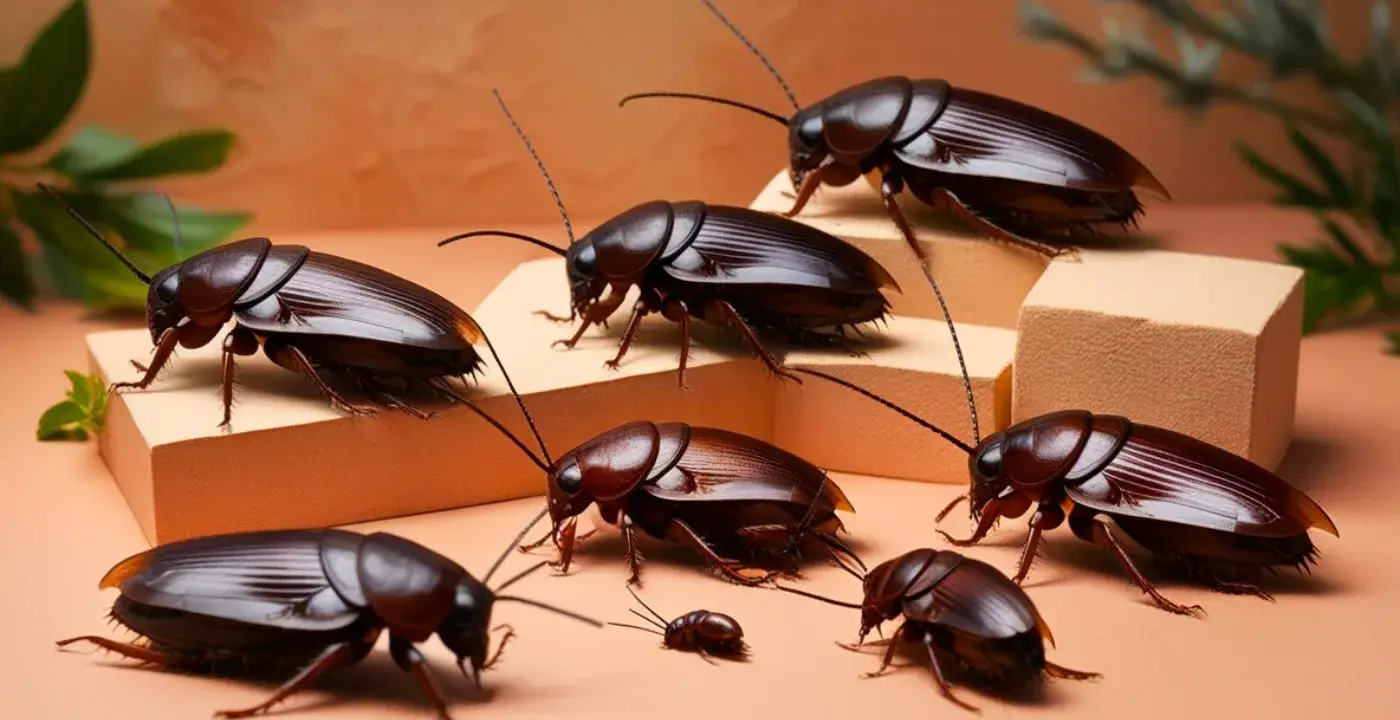If you’re a reptile enthusiast or a breeder looking for a reliable feeder insect, you’ve likely heard of Dubia roaches. But how long do Dubia roaches take to breed, and what does it take to establish a thriving colony? Whether you’re raising them for your bearded dragon, leopard gecko, or other pets, understanding their breeding cycle is crucial for success. In this guide, we’ll dive deep into the breeding timeline of Dubia roaches, offering actionable tips, scientific insights, and answers to common questions.
Dubia roaches (Blaptica dubia) are a popular choice for reptile owners due to their high nutritional value, ease of care, and relatively fast reproduction rate. But to maximize their breeding potential, you need to create the right environment and understand their lifecycle. Let’s explore everything you need to know about breeding Dubia roaches effectively.
Understanding the Dubia Roach Lifecycle
Before diving into the breeding process, it’s essential to understand the lifecycle of Dubia roaches. These insects go through three main stages: egg, nymph, and adult.
- Egg Stage: Female Dubia roaches don’t lay eggs in the traditional sense. Instead, they produce an egg case called an ootheca, which remains inside their body until the nymphs are ready to hatch. This process is known as ovoviviparity.
- Nymph Stage: Once hatched, the nymphs resemble tiny versions of adult roaches but lack wings. They go through several molts (shedding their exoskeleton) over 3–6 months before reaching adulthood.
- Adult Stage: Adult Dubia roaches are fully mature and capable of breeding. Males have wings and are slimmer, while females are larger and wingless.
Understanding these stages is key to optimizing their breeding conditions and timeline.
How Long Does It Take for Dubia Roaches to Breed?

The breeding timeline of Dubia roaches depends on several factors, including temperature, humidity, and diet. On average, it takes about 5–6 months for a Dubia roach colony to become fully established and self-sustaining. Here’s a breakdown of the timeline:
- From Nymph to Adult: Nymphs take approximately 3–6 months to reach adulthood, depending on environmental conditions. Warmer temperatures (around 85–95°F) can speed up their growth, while cooler temperatures slow it down.
- Mating and Gestation: Once adults, females can start producing nymphs within 1–2 months. The gestation period lasts about 28 days, after which they give birth to 20–40 nymphs.
- Colony Establishment: To establish a self-sustaining colony, you’ll need a ratio of about 1 male to 3–5 females. With optimal conditions, a colony can start producing hundreds of nymphs within 6 months.
Factors That Influence Dubia Roach Breeding

Several factors play a crucial role in determining how quickly and successfully Dubia roaches breed. Let’s explore these in detail:
Temperature and Humidity
Dubia roaches thrive in warm, humid environments. The ideal temperature for breeding is between 85–95°F, while humidity should be maintained at 40–60%. Lower temperatures can significantly slow down their growth and reproduction rates.
Quick Tip: Use a heat mat or ceramic heat emitter to maintain consistent temperatures in their enclosure.
Diet and Nutrition
A balanced diet is essential for healthy roaches and optimal breeding. Dubia roaches are omnivores and require a mix of proteins, carbohydrates, and vitamins.
- Protein Sources: High-protein foods like fish flakes, dog food, or commercial roach chow.
- Carbohydrates: Fruits (e.g., oranges, apples) and vegetables (e.g., carrots, squash).
- Hydration: Provide water crystals or fresh fruits to ensure they stay hydrated without the risk of drowning.
Pro Tip: Avoid overfeeding protein, as it can lead to excessive uric acid production, which is harmful to reptiles.
Housing and Space
Dubia roaches need a clean, spacious environment to thrive. A well-ventilated plastic bin or glass tank works well. Provide egg crates or cardboard tubes for hiding and climbing, as this mimics their natural habitat and reduces stress.
Common Mistake: Overcrowding can lead to stress, cannibalism, and slower breeding rates. Ensure there’s enough space for your colony to grow.
Step-by-Step Guide to Breeding Dubia Roaches

Ready to start your own Dubia roach colony? Follow these steps to ensure success:
- Set Up the Enclosure: Choose a container with smooth walls to prevent escapes. Add egg crates for hiding spots and ensure proper ventilation.
- Maintain Optimal Conditions: Use a heat source to keep the temperature between 85–95°F and monitor humidity levels.
- Introduce Your Starter Colony: Start with a group of 10–20 adults (1 male to 3–5 females) to establish a breeding population.
- Provide a Balanced Diet: Offer a mix of protein, fruits, and vegetables, and ensure they have access to water.
- Monitor and Clean Regularly: Remove uneaten food and clean the enclosure weekly to prevent mold and bacteria buildup.
- Be Patient: Allow 5–6 months for the colony to become self-sustaining.
Common Questions About Dubia Roach Breeding
How Many Nymphs Can One Female Produce?
A single female Dubia roach can produce 20–40 nymphs per month, with some reports of up to 50 under optimal conditions. Over her lifetime, a female can give birth to hundreds of offspring.
Can Dubia Roaches Breed Too Quickly?
While Dubia roaches breed relatively fast, they are less prolific than other feeder insects like crickets. This makes them easier to manage and less likely to overpopulate your enclosure.
Do Dubia Roaches Need Light to Breed?
No, Dubia roaches prefer dark environments and do not require light to breed. In fact, excessive light can stress them and hinder reproduction.
Why Dubia Roaches Are a Great Choice for Reptile Owners
Dubia roaches are not only easy to breed but also offer numerous benefits as feeder insects:
- High Nutritional Value: They are rich in protein, low in fat, and have an ideal calcium-to-phosphorus ratio for reptiles.
- Long Lifespan: Dubia roaches live longer than other feeder insects, reducing the need for frequent replacements.
- Low Maintenance: They are quiet, odorless, and easy to care for, making them a hassle-free option for reptile owners.
Conclusion: Mastering Dubia Roach Breeding
Breeding Dubia roaches is a rewarding endeavor that can save you money and provide a steady supply of nutritious feeder insects for your pets. By understanding their lifecycle, optimizing their environment, and providing proper care, you can establish a thriving colony in just 5–6 months.
Whether you’re a seasoned breeder or a beginner, this guide equips you with the knowledge to make informed decisions and achieve success. Ready to start your Dubia roach colony? Share your experiences or questions in the comments below, and don’t forget to explore our related posts on reptile care and feeder insect tips! Drguidez.

Mark Manson is an expert blogger specializing in Dubia Roaches. He shares practical care tips, breeding insights, and feeding advice to help enthusiasts and reptile owners thrive.

